In 2022, the city of Lexington paid $940,000 to Centrepointe Parking Company, LLC, a subsidiary corporation owned by Lexington developers Dudley and Donald Webb.
Payment to Centrepointe Parking Company, the city’s fifth payment since 2018, satisfied the annual terms for a contract that, officially, goes by the unwieldy name “Master Development Agreement (MDA) for the Phoenix Park/Courthouse Development Area.”
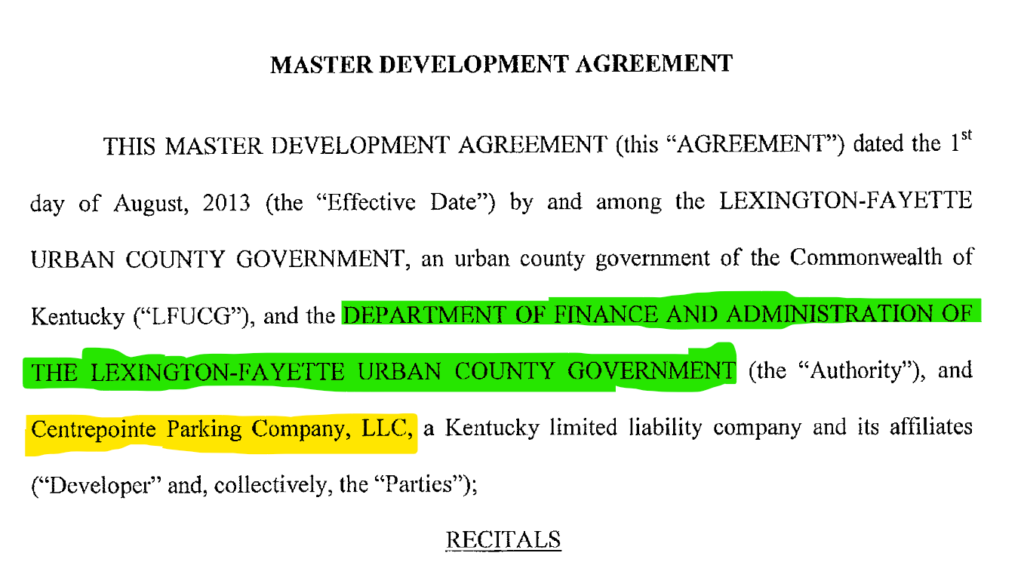
The contract, now better known as the CentrePointe TIF, was approved in August 2013 by unanimous vote of the Lexington Fayette Urban County (LFUC) City Council.
Under terms of the 2013 TIF, Centrepointe Parking Company LLC was obliged to construct a mostly private underground parking garage to service the above-ground high-rise development planned by the Webbs.
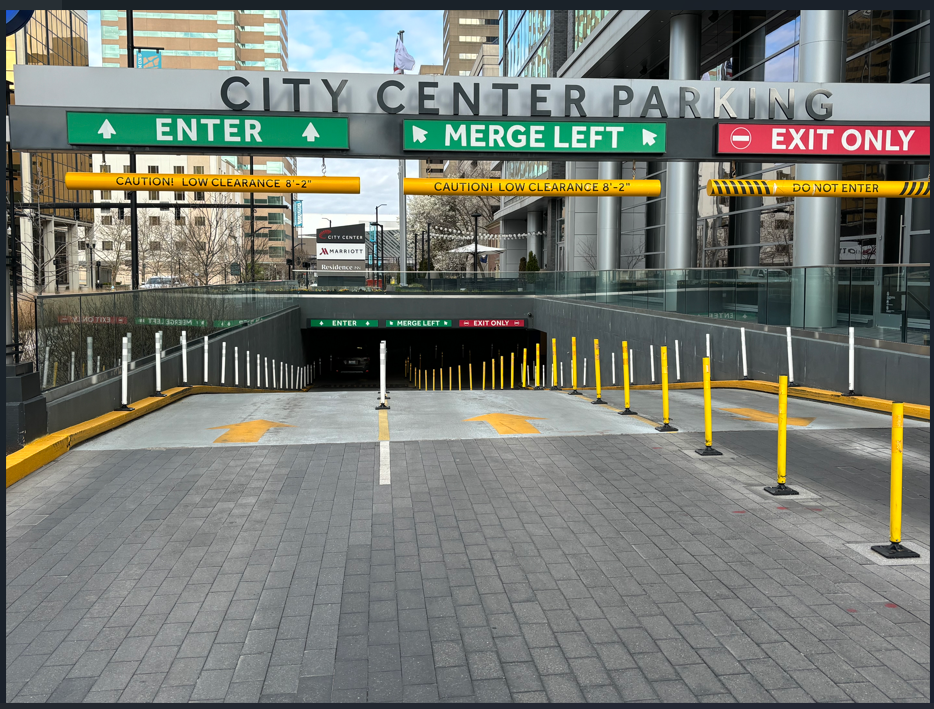
In exchange for building the Webb’s underground parking garage, Centrepointe Parking Company LLC became party to nearly 80% of all “tax increments” generated inside a roughly 3-acreTIF development zone. Contract terms for this Tax Increment Financing (TIF) zone will continue for a period of 30 years. Until 2043.
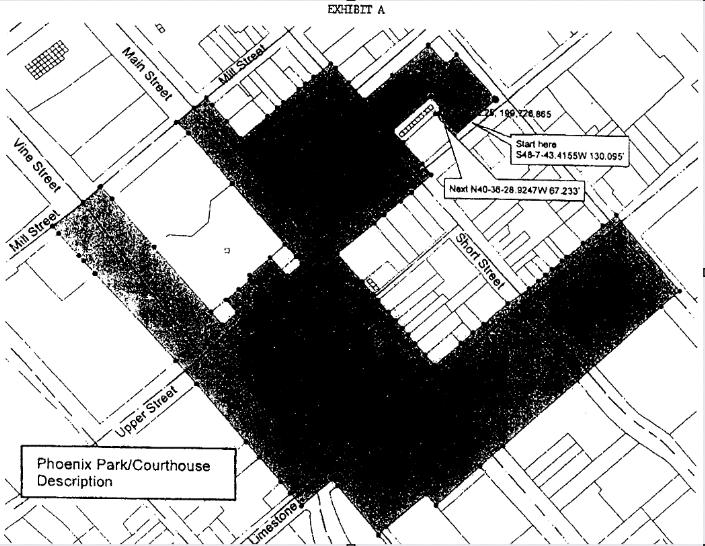
This and future reports on the CentrePointe TIF draw upon hundreds of pages of documents that were received through a December 2023 Freedom of Information submission to Lexington-Fayette Urban County. The FOI requested a variety of information related to the city and state’s approval of the CentrePointe TIF, including required annual reports.

As the first Lexington tax increment financing project, the CentrePointe TIF commands an important place in Obama-era Lexington. Culturally, the twists and turns of the project, from demolition to completion, dominated Lexington media for over a decade. The project also united an oppositional coalition of college-educated urban consumers who would dominate both Lexington and national politics throughout the 2010s.
In Lexington, this rising anti-CentrePointe political class consolidated around Vice Mayor Jim Gray, the millionaire urban art-lover developer who opposed the project for being out of scale, fiscally reckless, and lacking in good design. Largely on this opposition, Gray was elected Lexington Mayor in 2010.
This power block, which I have previously called the Make Lexington Great Again movement, ultimately embraced both the CentrePointe project and the public/private tax increment financial (TIF) mechanism used to create it. In this, the Gray coalition mirrored the high-finance drift of Obama-era Democrats nationally.
Lexington’s TIF era had begun.

In total, the city passed eight TIF zones under Jim Gray, most if not all by unanimous LFUC Council vote. A significant amount of these zones fall within a small but high-tax-generating portion of the urban core that, during the Gray administration, became vital to the maintenance of the Lexington Brand.
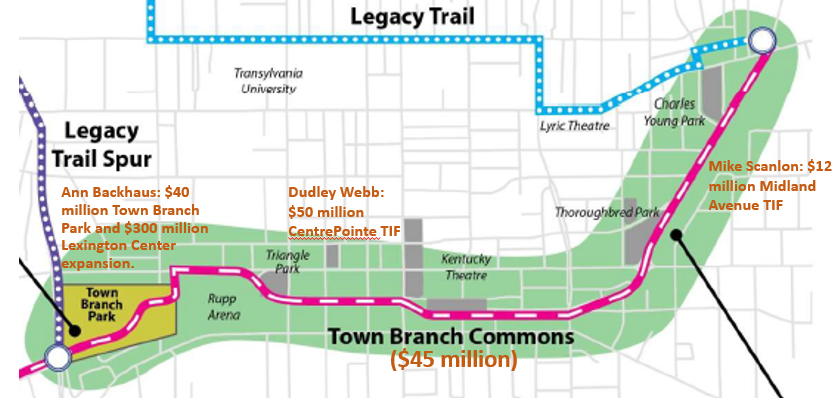
Each of these eight TIFs come with their own decades long privatized tax-covenants.
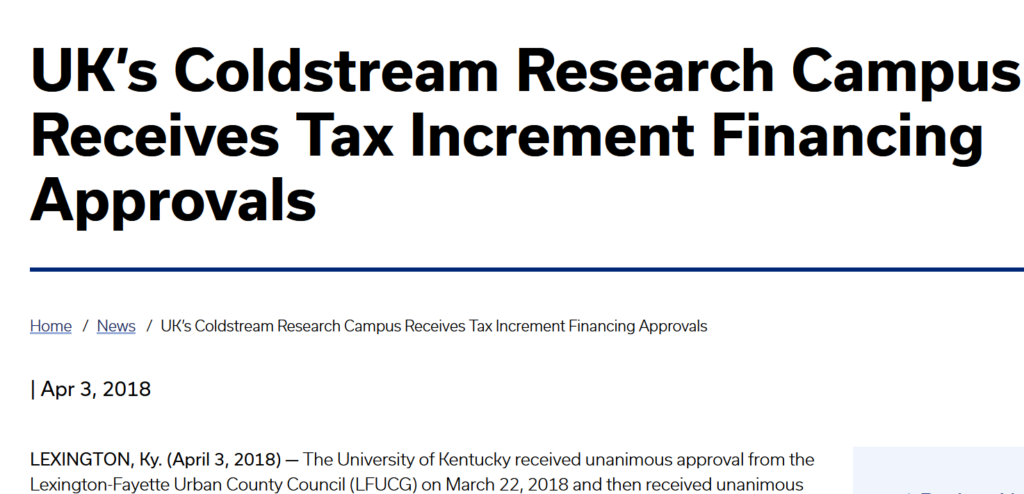
In publicly reporting the taxes and other capital delivered thus far to Centrepointe Parking Company, this series hopes to provide a baseline for understanding whatever is contracted to come down the pike as other LFUC TIF partnerships mature.
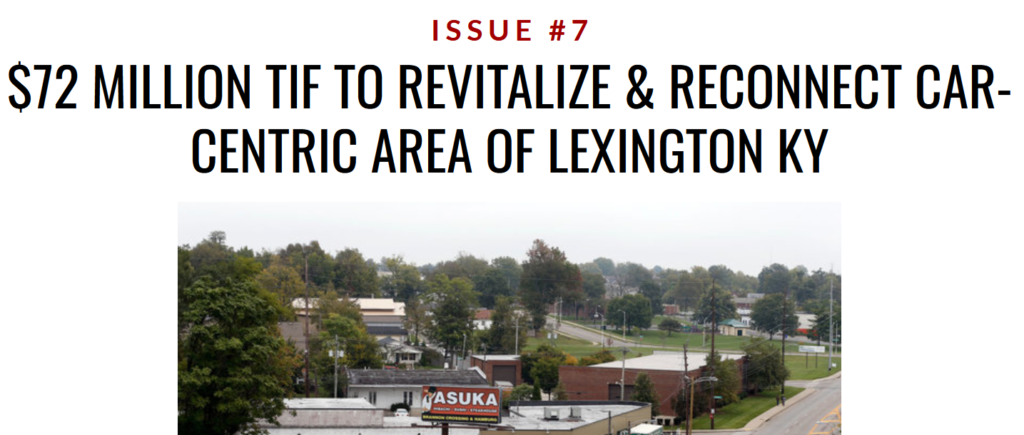
The CentrePointe TIF documents also shed light on an under-reported aspect of “Daddy” Beshear-era Kentucky. In the same year Lexington paid $940,000 to Centrepointe Parking Company, 2022, documents show that the state of Kentucky paid $2.7 million to the same Webb-controlled corporation.
This state payment, also the fifth made to Centrepointe Parking Company since 2018, satisfied the annual terms for participation in a state version of the CentrePointe TIF agreement. As with the local Lexington contract, the state TIF was approved during an Obama-era Democrat administration, that of Governor Steve “Daddy” Beshear, who enthusiastically embraced TIF-based development.
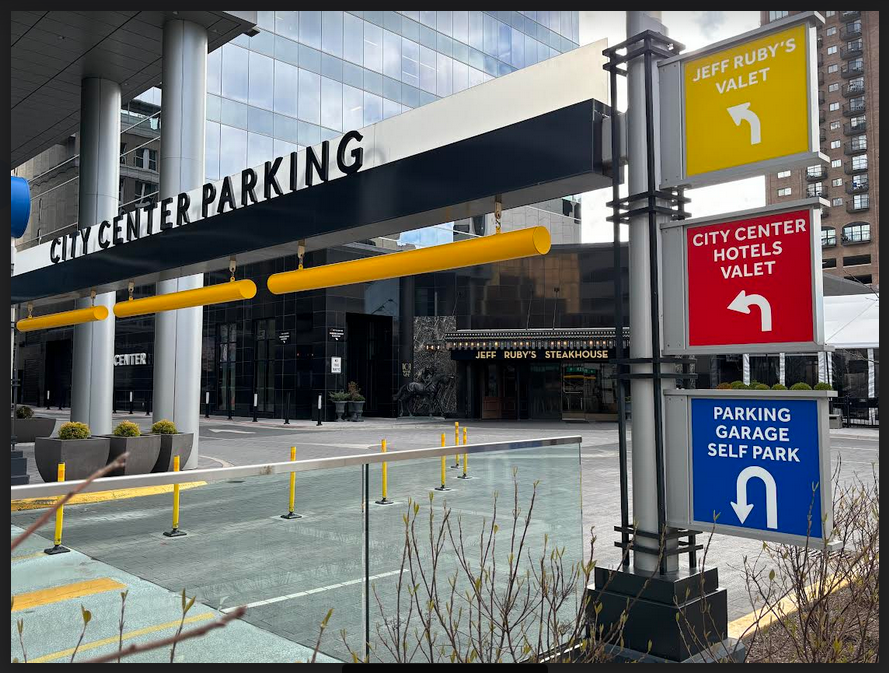
In total, Centrepointe Parking Company received over $3.6 million in city and state money in 2022 for building its own garage. This amount equates to over 75% of the total taxes that were generated that year within the borders of the CentrePointe TIF zone.
Going back five years to the first payouts, Centrepointe Parking Company has received over $10.5 million in city and state money for the taxes generated within its TIF zone.
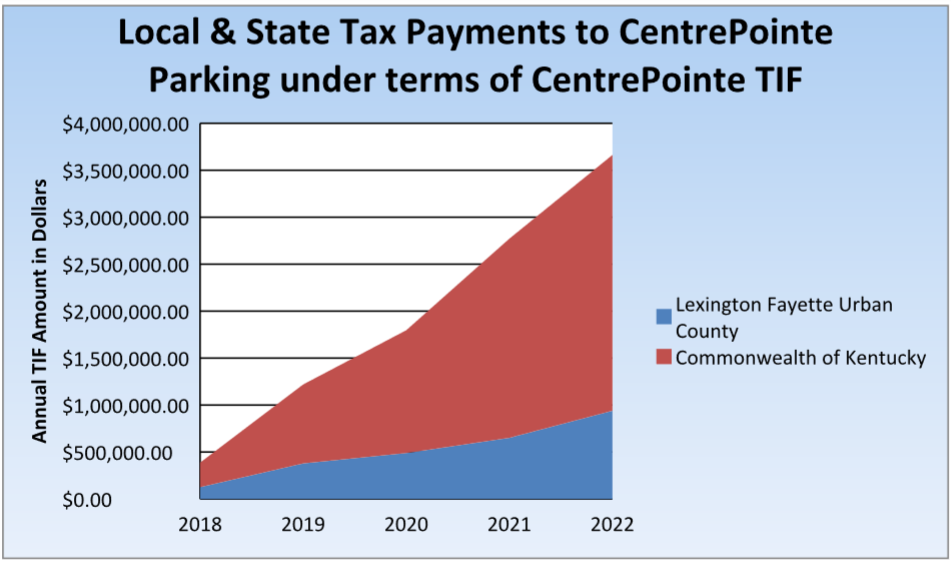
If the tax trajectories continue–and why shouldn’t they?, the city’s invested lavishly in our downtown and the CP TIF sits on the main drag–the tax tribute sent to Centrepointe Parking Company will grow by 15% leaps and 30% bounds over the next ten years.
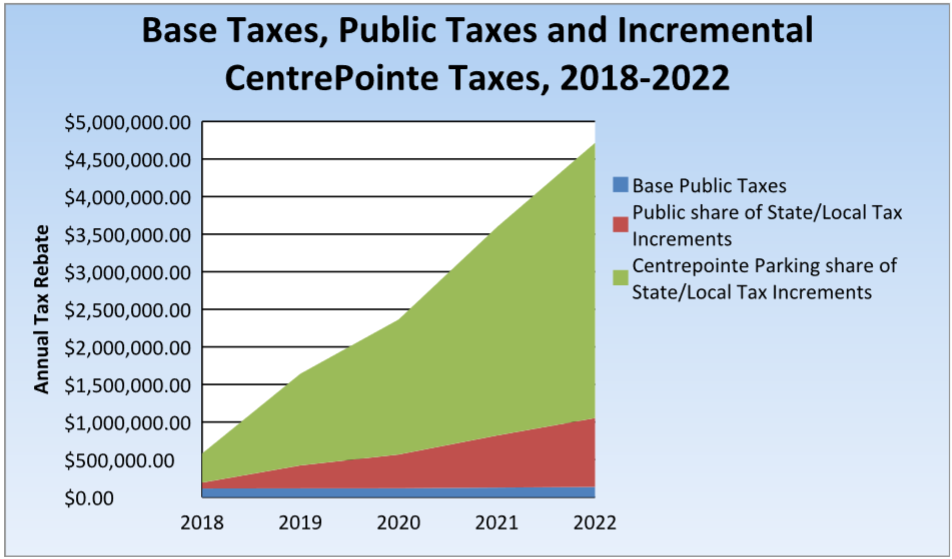
It is not too much of a stretch to understand TIFs as modern-day zones of secession, places where our tax collections service a wholly different order. Though we may not outwardly feel that different order, the CP files are a way to document this shift in annual increments.
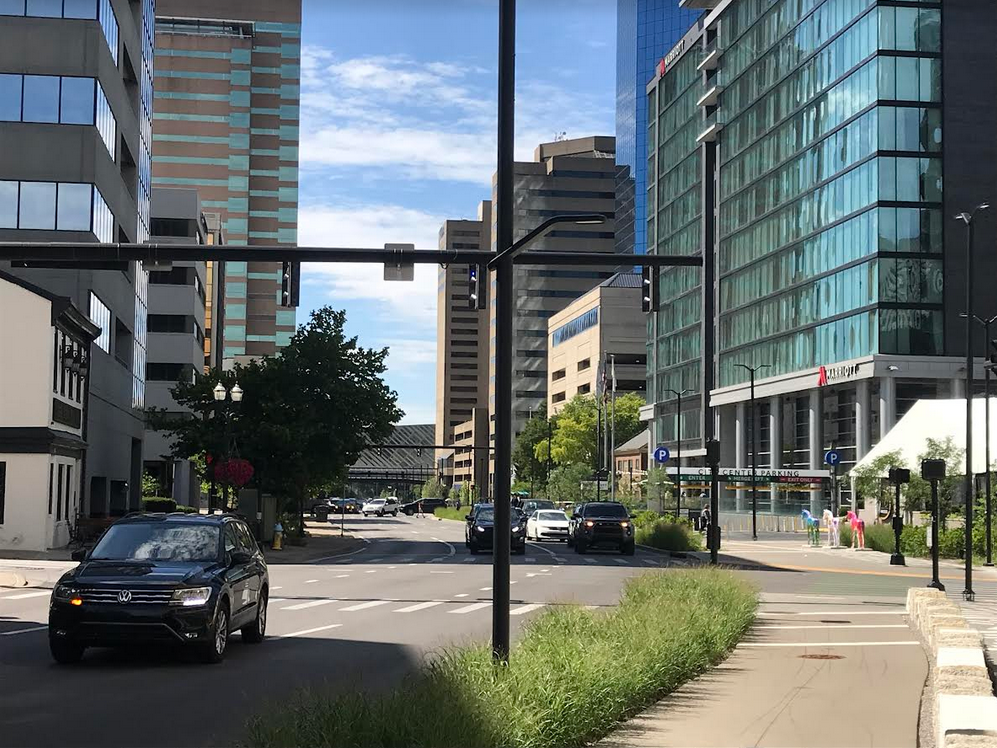
In follow-up posts, I will dig into some of the particularities of tax increment financing, and utilize the CP TIF archive to illuminate some emerging trends you should know about. Stay tuned.

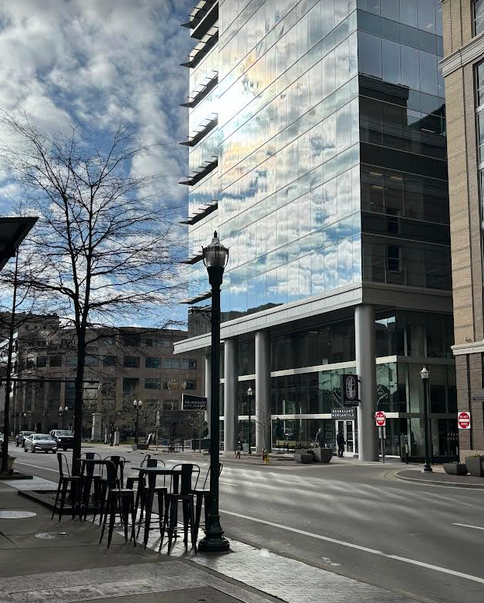


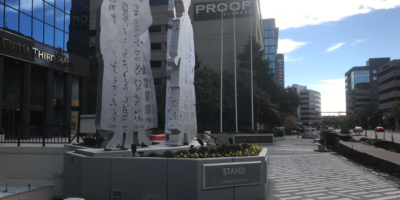
Leave a Reply